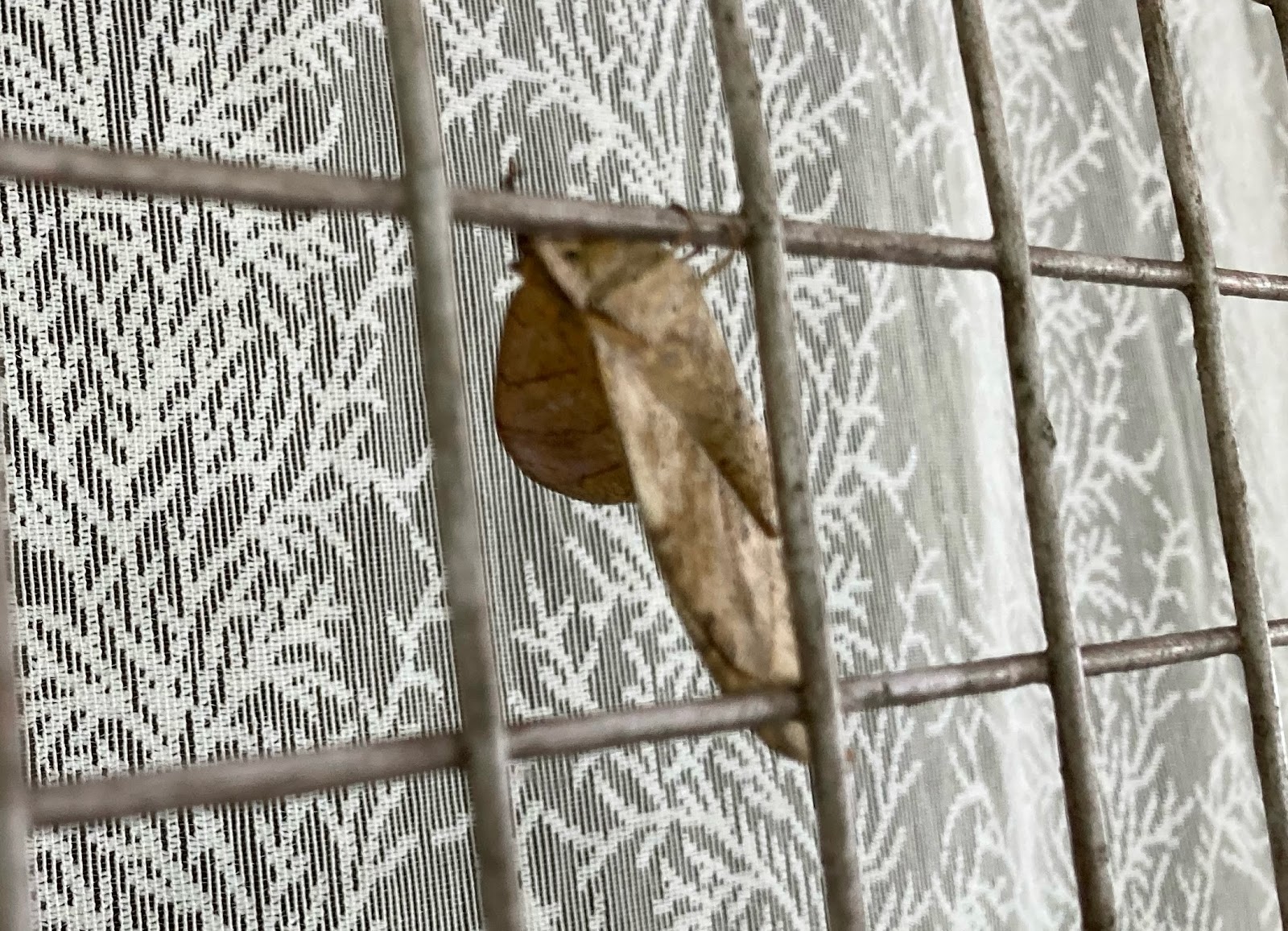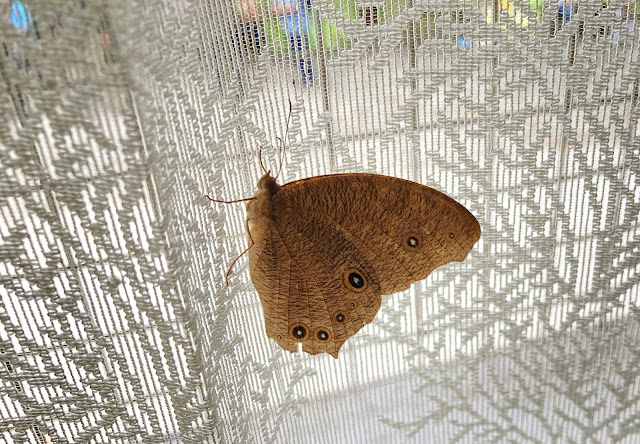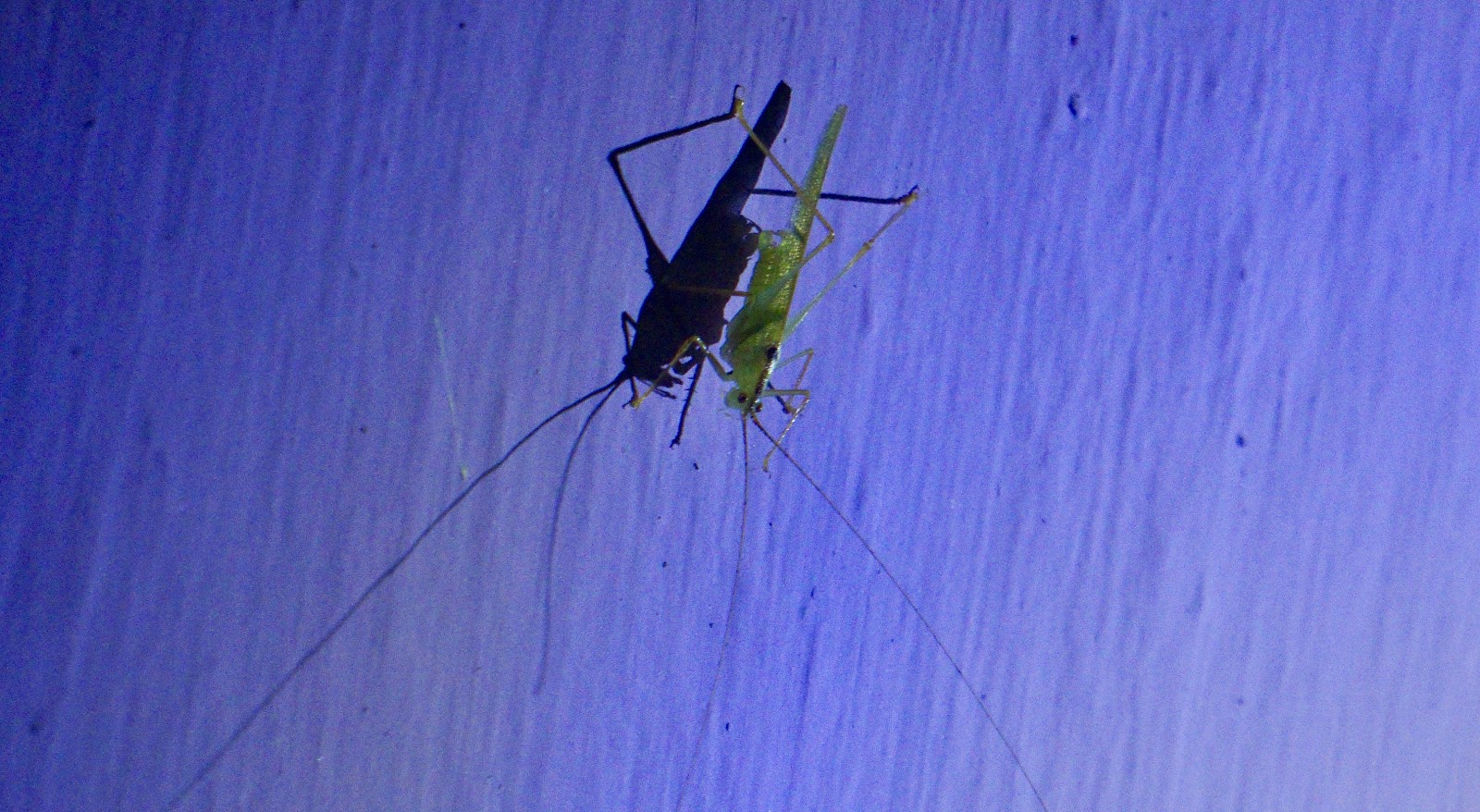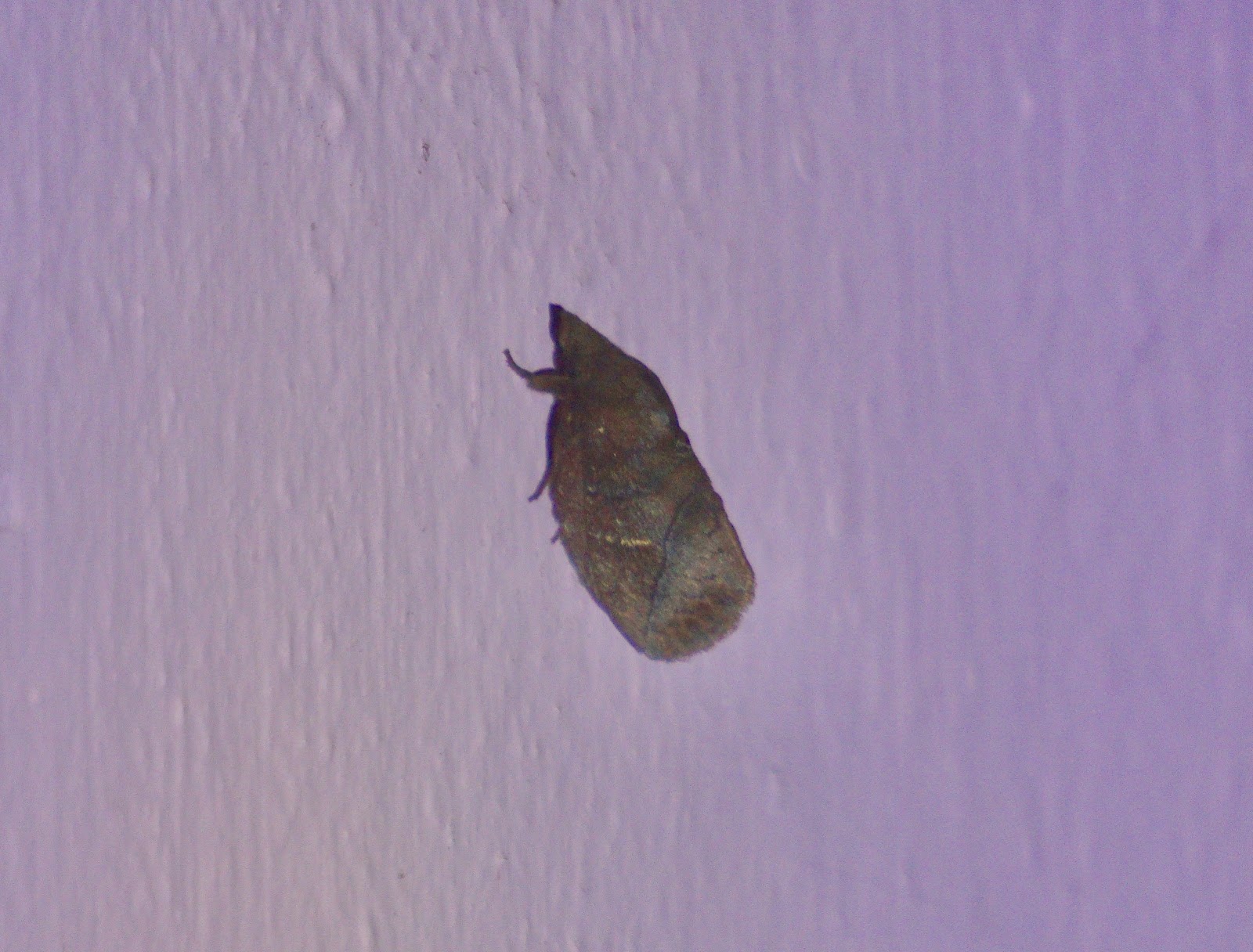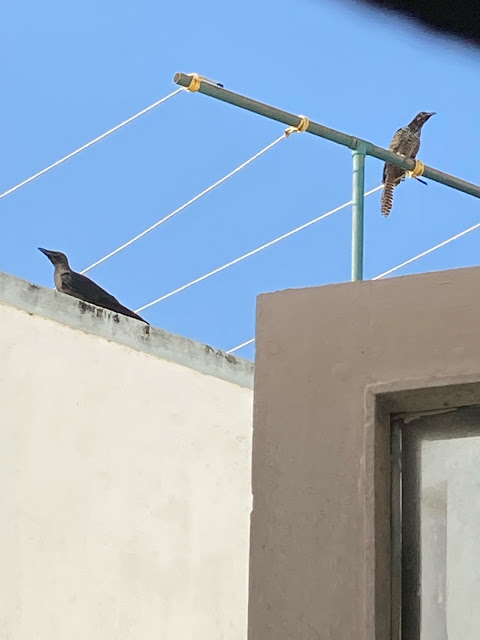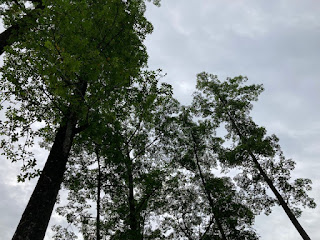5th October 2022
RIWATCH - Research Institute of World’s Ancient Traditions Cultures and Heritage - is a not for profit, community-based cultural organisation trying to empower local ethnic communities and involve them in sustainable development.
One rainy evening, several of us (following the earlier visit of Yuvan) headed to this museum, around closing time, located in the village of Khinjili, 10 kms from Roing. It was a charming little place, opened in 2009, with artefacts from the community.
To me, it felt a bit like Dakshinchitra, preserving some not-so-old but vanishing cultural artefacts and ways of living of the local communities.
The following is text that was up on the walls of the museum - converted to text by the scan function on the 'phone.
“ Bhismak Nagar
A Major Archaeological Site
Archaelogical artifacts throw interesting insights into our past, life style of our ancestors and traditions. It helps us to peep into their living times and the historical, social, political and cultural conditions of the people. The descriptions & motifs found on artifacts have often helped historians to make valuable discoveries about the lives of societies. They also link us to various aspects of oral history, myths and descriptions in tolklores that have come down to us from generations.
Using carbon dating techniques, scientists are today in a position to determine the age of an artefact and thus help fix the timeline of events and communities. These are from the fort of the Chutia kings and his people who lived during 8' to 10' century at Bhismaknagar and near the river Kundil, between Roing & Tezu. These were obtained during excavations done in 1950 to 80s.
The household items, displayed belong to Amunad tribes. They highlight the wide use of bamboo plant-products and expertise by the communities, to make utensils and household articles. The versatility of bamboo, cane and herbal gums is beautifully visible in the 'Yakhana bamboo basket made waterproof for holding rice ber Mud pots, even when used are cleverly fitted into bamboo structures, to prevent breakage. The use of metal utensils is of a later times, i.e, early decades of 20th century indicating increasing acceptance of household items from the plains of Assam. It also marks the shift in trade-link from Tibetan markets to those of British Indian market: like Sadiya in Eastern Arunachal and Chaiduar in Kameng of artistic and aesthetic sense of the people, even while using bamboo to make artefacts. The butter-tea vessel by Monpas, a community living in high mountains, is not found among any other tribes living across foothills and indicate their instristic skill and need based approach.







 |
"ORNAMENTS
In any society, the ornaments reflect the artisitic advancement attained by its members. eg., the Wancho ornaments are marked by crisp designs with brilliant red and black beads, while blue beads occur prominently in Idu Mishmi and Apatani necklaces. The embellishments and sophistication reflected in the ornaments also enable us to understand the social and trade links developed by that society with the world outside, a valuable clue in historical research. (eg., the presence of a variety of rare stones in
Arunachali ornaments could be traced to their procurement from Tibet during the past centuries.) Unlike in the plains, gold is wholly absent, with silver appearing only from the early decades of 20th century as threading wire and medallions. Metal coins are a prominent item in Digaru & Miju Mishmi necklaces. At an individual level, an onament its features and size, could indicate the rank of a wearer, or his/her status in the society. In the pre-independent days, bracelets and ear rings were huge and heavy, but over the decades, they have shrunk to a shape, currently seen across India. The once common large colourful waist bands too have vanished from daily use, with the arrival of modern education and changes in life style.”


 |
| The mural in the outer space |
 |
| What lovely baskets! Sadly, I did not find anything like this in the markets. |
 |
| Those are teeth of tiger and wild board |
 |
| It was Ayudha Pooja/Durga Pooja day |
"HEADGEAR
Originally evolved as a cover for head against sun and cold, the headgear for many communities also served as an important shield against enemy attack (Idu Mishmi Hat). This resulted in the discovery and use of a variety of very durable bamboo, cane, plant varieties and herbal dyes, and in turn their conservation by each community.
These hats also demonstrate different seasoning techniques of these plant parts, a traditional knowledge, which is under threat of vanishing from the people's memories today. Over centuries, the headgears have emerged into unique entities, with characteristic artistic designs distinct for each tribe. The head gears foundoften decorated with colorful beads (Wagchoos and Notes) and wild boar teeth." |
Before leaving the place, we chatted with girls from various ethnic tribes of the region - Mishmi, Add, Nishi and Apatani, who were studying there.
 |
| Gapi and I each bought one of these baskets, which came safely back, and I loved the weave of it, and in a few minutes with borrowed material, created this (what I thought) was a joyful exuberance of wild countryside. |
On my return to Chennai, I mulled over what this museum meant, what the loss of these cultures meant. Left to themselves, communities should be allowed to move on, choose what to keep and what to leave behind isn't it?

